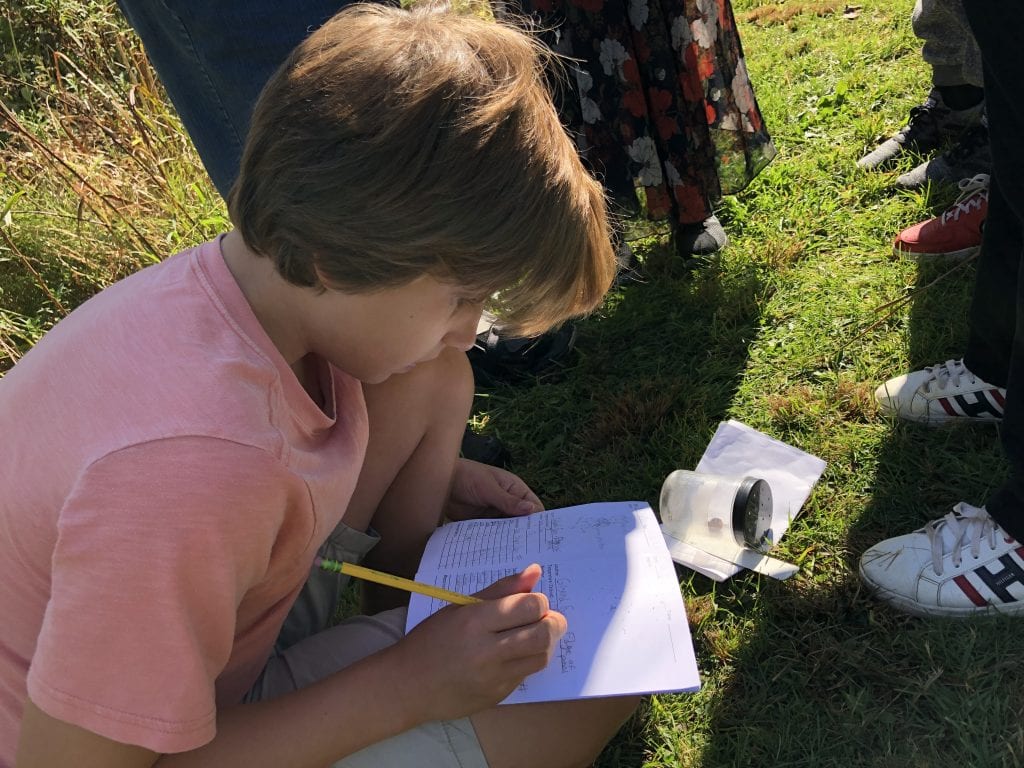
The autumn equinox has passed. It is a good time to reflect upon a summer well-lived and to ponder the promise of a new season in Maine.
A few weeks ago, an evening trip in my car coincided with a massive flying ant swarm. These swarms are an annual late summer event, as alates (the breeding generation of an ant colony) disperse and mate, creating entirely new colonies. Their numbers were so substantial that I had to wash my car in order to remove them from my windshield and lights. I found myself reflecting on how washing insects off my car was a much more frequent summer routine when I was a young man.
Nobody does that anymore–because there just aren’t as many bugs. A study published earlier this year suggested that 40 percent of all insect species are in decline. Now, we’re hearing that birds, too, are in decline. An eye-opening report published in Science indicates that in North America alone, the bird population has declined by three billion birds over the past 50 years.
That’s one in every four birds across all North American taxonomic groups and biomes since 1970. Even greater declines are being seen in certain groups, including 74% of all grassland species and 64% of all eastern forest bird species. (You can read the full report and read more about the findings at 3billionbirds.org.)
It doesn’t sound good, and yet I’m feeling hopeful. As we’ve seen from past experiences, when we focus on reversing dangerous downward trends–such as with the near extinction of the Bald Eagle due to pesticide exposure, or the dramatic decline of many of our ducks and geese due to habitat loss and overhunting–we can do something about it. At Maine Audubon, we’re already taking action to turn these declines around.
After all, here in Maine, we’re positively obligated to act. Maine has the highest percentage of forest cover of all the United States. Many species of birds come here from South and Central America every spring to breed, or travel through Maine on their way to breeding grounds in Canada. It’s our responsibility to create safe breeding and migrating habitat for them.
As Sally Stockwell, Maine Audubon’s Director of Conservation says, Maine is the “baby bird factory” for the entire North American flyway. So we’re working with small forest landowners to manage their forests with birds in mind. As Sally puts it, “Our Forestry for Maine Birds program provides foresters, landowners, and loggers the information and materials they need to help create high quality breeding habitat so these forest birds can keep making babies. Because without more babies there will be no more birds.”
We’re also working with coastal beach landowners to protect endangered piping plover and least tern nests from people, dogs, and predators; and with urban and suburban landowners to landscape with native plants that provide nectar, pollen, and bugs for birds, butterflies and moths. We’re embarking on a study of Maine’s insect population.
Through our education programs, we’re also helping to train future scientists. The bird study relied, in part, on amateur birders who committed to observing, counting, and recording bird populations so we need these community scientists of tomorrow. Last week, dozens of middle-school students from Portland’s King Middle School fanned out across Gilsland Farm to take samples of insects and learn about what constitutes good habitat for insects.
What can you do? At the individual level, you can put decals on windows, avoid pesticides, buy bird-friendly coffee (on sale at our Nature Store), and keep your cats indoors. Write to your members of Congress and ask them to co-sponsor new bills to reverse damage to the Endangered Species Act (and sign up for our Action Alerts so you receive future calls to action).
You can also advocate for wildlife-friendly habitat in the workplace, in the community, and beyond. If you work in a high-rise office building, ask to have lights turned off at night. If you’re an architect, design buildings with bird-friendly glass. If you’re a landscaper, use native plants. If you’re a city planner, build culverts that create ecologically-sound stream crossings.
For now, though, go out and enjoy the splendors of autumn. Take a walk at one of our eight wildlife sanctuaries. Cultivate wonder. As Rachel Carson said, “The more clearly we can focus our attention on the wonders and realities of the universe about us, the less taste we shall have for destruction.”
